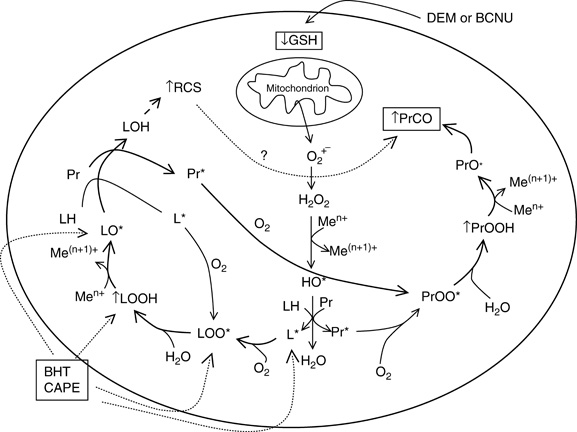

( c) Increase of peak areas obtained for confidently identified ARP peptides when upscaling the analytics from low to high plasma protein quantities. ( b) UpSet plot of proteins confidently identified by Skyline on the basis of all confidently validated ARP peptides. The confidence level is indicated by color, i.e., blue, orange, and gray indicating confident, ambiguous, and unconfirmed sequences, respectively. The total number of peptides per classification are displayed in horizontal bars and overlapping identifications in vertical bars. ( a) UpSet plot of ARP peptides proposed by PEAKS (5% false discovery rate (FDR), peptide level) and after validation by Skyline. Identification and quantitation of ARP peptides in tryptic plasma digests starting with low and high protein quantities of 0.2 mg and 2 mg plasma protein, respectively. The filtered peptide list and corresponding peak areas were further processed ( IX) to assess recovery, sample preparation workflow reproducibility, and protein carbonyl modification site location.
Quantitation of protein carbonylation by dot blot manual#
All proposed ARP peptides were validated by manual annotation of the mass spectra and considering both drift times in ion mobility spectrometry (IMS) and retention times in reversed-phase chromatography (RPC) ( VIII). The generated tandem mass spectra were processed with a hybrid de novo and database search approach ( VII) considering specific ARP fragmentation patterns. The fractions were submitted to ultrafiltration to remove interfering monomeric avidin ( V) and analyzed by nano reversed-phase chromatography coupled online to electrospray ionization tandem mass spectrometry with travelling wave ion mobility spectrometry (nRPC-ESI-MS/MS-TWIMS) in data-dependent acquisition (DDA) mode ( VI). Proteins were digested with trypsin using a filter-aided sample preparation (FASP) approach ( III) and the resulting peptide mixture was split and either mixed with an ARP-labelled digest of a model protein ( III.A) or directly enriched by avidin affinity chromatography ( IV). Ultrafiltration of blood plasma was applied to simultaneously remove small molecules and reconstitute proteins in acidic conditions ( I) to derivatize carbonylated proteins with ARP ( II). Schematic presentation of the analytical workflow applied to plasma samples for aldehyde reactive probe (ARP) peptide enrichment ( left) and the following LC-MS)-based analysis from acquisition to data processing ( right). LC-MS/MS aldehyde reactive probe (ARP) biotin-avidin affinity human plasma protein carbonylation. Human serum albumin (HSA) in plasma was heavily modified by a variety of direct amino acid oxidation products and adducts from reactive carbonyl species (RCS), with most RCS modifications being detected in six hotspots, i.e., Lys10, Lys190, Lys199, Lys281, Lys432, and Lys525 of mature HSA. Furthermore, the reproducible recovery and relative quantitation of ARP peptides were validated. The presented workflow addresses several analytical challenges by using ARP-specific fragment ions to reliably identify ARP peptides. In this study, an oxidized human serum albumin protein model (OxHSA) and plasma from a healthy donor were derivatized with ARP, digested with trypsin, and enriched using biotin-avidin affinity chromatography prior to nano reversed-phase chromatography coupled online to electrospray ionization tandem mass spectrometry with travelling wave ion mobility spectrometry (nRPC-ESI-MS/MS-TWIMS). However, carbonyl-specific biotinylated derivatization tags (e.g., aldehyde reactive probe, ARP) allow for targeting carbonyl PTMs by enriching proteins and peptides carrying these modifications. The variety of post-translational carbonyl modifications (carbonyl PTMs) and their low concentrations in plasma challenge their reproducible identification and quantitation. Protein carbonylation, a marker of excessive oxidative stress, has been studied in the context of multiple human diseases related to oxidative stress.


 0 kommentar(er)
0 kommentar(er)
